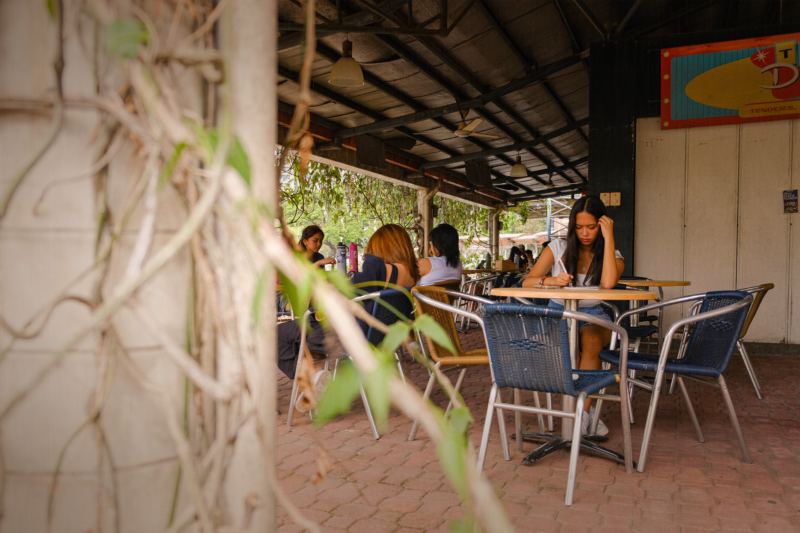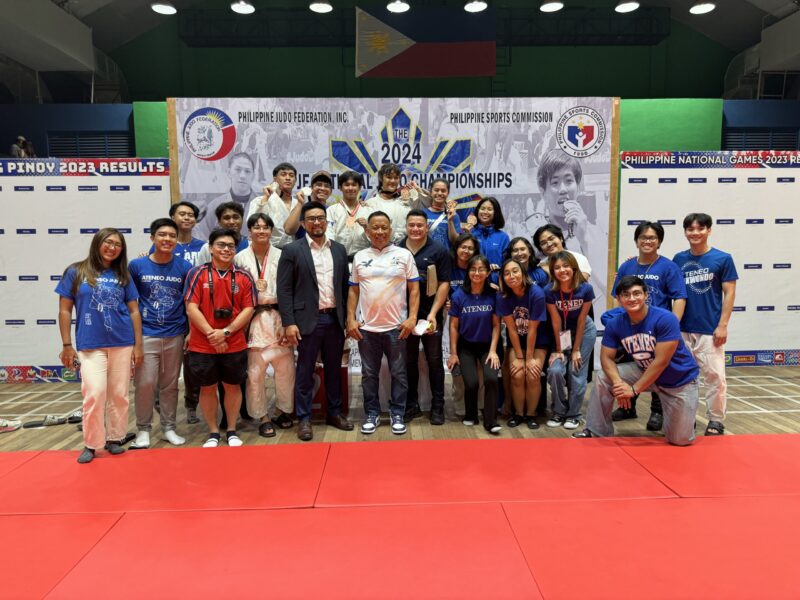Beyond turning stillness into kinetics and stories into visual bliss, the motion of Filipino animators in the industry is not as easy to edit.
Judging from the packed cinemas and long lines, Finding Dory (2016) was definitely an anticipated sequel to Finding Nemo (2003). Childhood memories were once again reignited upon its release.
“P. Sherman, 42 Wallaby Way, Sydney,” reads Dory, the beloved amnesiac fish. In this iconic scene from the first movie, she repeats the address in an effort to remember it. Most viewers would be quick to bat an eyelash at her antics, while those who had been let in on the not-so-little secret were amused to discover that “P. Sherman” is an inside joke among Pinoy Pixar animators, as it suggests the word “fisherman” in a colloquial Filipino accent.
“Pixnoys” is actually the self-declared moniker for these Pinoy Pixar animators. Mirroring Dory’s journey back home, there seems to be a similar voyage in the direction that Filipino animators are taking to their native land, making waves along the way. Locally animated films have made it to the big screen with releases such as Saving Sally (2016), which even found its place in last year’s Metro Manila Film Festival (MMFF). Internationally animated films may have graced cinemas in years past, but homegrown animation also has its place on the silver screen, raising the bar of the local film industry.
Digital background
As early as the 80s, the animation industry has already been present in the Philippines; our local animators have thus been providing animation services for 30 years now. Besides Finding Nemo, they are the talents behind esteemed cartoons and animated films from the likes of Scooby Doo (1969-present), Tom and Jerry (1940-present), The Incredibles (2004), Dragon Ball Z (1989-1996), Captain Planet (1990-1996), and The Mask (1995-1997), all under big names in the entertainment industry such as Walt Disney, Warner Brothers, Cartoon Network, and Marvel. Aside from flourishing in the film industry, Filipino animators are also able to provide graphics for the gaming industry under companies like Nintendo and Sega.
Paolo Gonzalez, who teaches computer science in the Ateneo and is an animator of eight years, explains that there are different types of animations that people can pursue: two-dimensional (2D), three-dimensional (3D), visual effect, and game asset animation. Given these, there are also different programs or software for each type.
During the early years of animation in the Philippines, Adobe Flash was already widely used. With its gradual phase out however, Adobe products, especially Creative Cloud and Photoshop, have become the new staples for 2D animation. Other programs such as Animate, Toon Boom, and Blender are also being used, although Blender is specifically more popular among students because it is free and has various tutorials online. For 3D, a more complex program called Maya produces a more realistic aesthetic.
To support local animators, the Animation Council of the Philippines (ACPI) was formed as a consortium of animation companies, schools, learning centers, and technology providers. The ACPI promotes the animation industry locally and internationally. Moreover, the consortium aims to strengthen Philippine animation by encouraging original content.
In 2007, the ACPI first hosted Animahenasyon, a film festival for local animators. Now an annual event, the festival involves more than just movie screenings and filmmaking awards. Animahenasyon also includes workshops, exhibits, and an animation conference—so that more people can learn about this developing industry.
Stop motion
Despite the ACPI’s initiatives, the local setting poses a challenge to Filipino animators. For instance, Avid Liongoren’s Saving Sally took more than 10 years to make, not only because it was a passion project of only five animators, but also due to budget constraints. Partnerships with foreign producers did not pan out initially, nor did the grants promised to the team.
These scenarios discourage local animators from creating original content, particularly when working for foreign companies proves more profitable. Meryl Ang, a recent graduate of Animation from the De La Salle-College of Saint Benilde (DLS-CSB), shares this sentiment. “Outsourcing studios are always looking for people to hire, but entry-level animators here don’t get paid as much as those from the United States or Europe,” she says. “The usual monthly salary for fresh grads is around Php 15,000 to 19,000 here, and foreign fresh grads get almost twice that amount.”
When it comes to molding homegrown animators, there is also the question of educational opportunities. Only a few local schools offer animation courses. Among these are DLS-CSB, known to be one of the only arts schools that offers a degree in Animation, and Ateneo de Naga, a renowned university for having an extensive animation program long before DLS-CSB was established.
So the talent may be there, and to some extent, the educational tools. But the graduates from these courses often choose to find greener pastures overseas. This brain drain has an unfortunate ripple effect on the next generation of animators. “A good portion of the educated members of the industry who can afford to go out of the country fly out, and that leaves a lack of educators here,” Meryl shares.
“There’s a lack of funding to keep animators in the Philippines,” she continues. “Because when we’re being paid peanuts for our work, it’s not exactly the best way to be recognized.”
Our own house
The outsourcing phenomenon is a testament to Filipino talent. Nonetheless, the long-term goal is for the industry to develop its own content, rather than just executing others’. “It’s sad to think about how Filipino artists have so many of our own, homegrown stories to tell,” Meryl laments. “But we’re so busy working on the stories of more renowned studios.”
Ironically, one strategy of the ACPI involves enticing foreign production houses to produce those local stories. Our government would ideally provide tax breaks in exchange for investments. By lobbying for such agreements, the ACPI also hopes that these big production houses would take root here, and eventually branch out into smaller studios for Filipino content.
But support cannot only come from tax policies or foreign institutions. Local audiences play a crucial role in the animation industry. Take, for instance, the digitally animated Dayo: Sa Mundo ng Elementalia (2008) and the 3D RPG: Metanoia (2010), both of which graced the MMFF before Saving Sally ever did. Both films earned back less than 20% of their multimillion-peso production costs, according to the ACPI. These dismal returns are a stark contrast to the local excitement over Dreamworks or Pixar offerings. “We [Filipinos] think that when [a film] comes from abroad, it’s better,” says Gonzalez. “Pero once malaman mo may (But once you find out that there is a) Pinoy na animator or lead sa movie, we’re the first ones to be proud.”
Everything boils down to whether Filipinos themselves would vouch for Philippine animation. With that, Meryl believes that greater opportunities would follow. “Once the demand for local content has been established, the government could even ask us to make content for their advocacies,” she shares. “Animation can be used to educate and inform, because we aren’t limited to drawing cartoons and rigging models.”
Such a flexible craft requires breathing room for its artists. “In the same way that media can produce comprehensive documentaries and developers can make helpful apps, animation can do those things too with enough support and resources,” Meryl adds. The deal? “All we really need are more chances to grow.”







